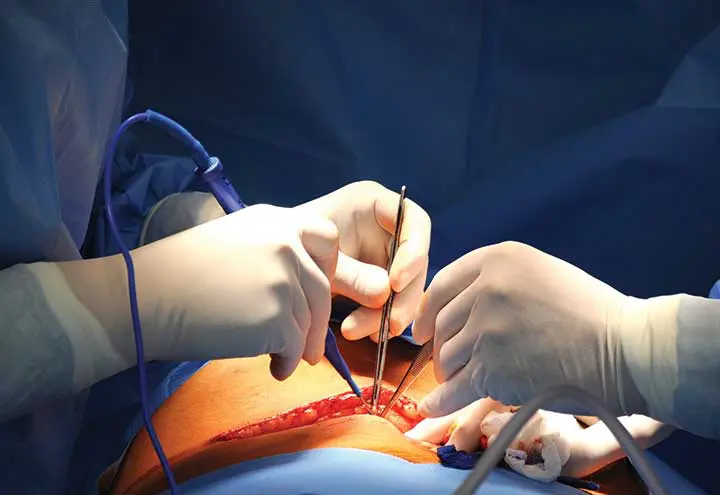A surgical site infection is an infection that occurs after surgery in the part of the body where the surgery took place. Surgical site infections can sometimes be superficial infections involving the skin only. Other surgical site infections are more serious and can involve tissues under the skin, organs, or implanted material.

1. What is a surgical site infection?
A wound is considered infected when microorganisms that damage local tissue and delay wound healing are present in the wound. Their presence triggers an immune response in the patient. If the patient’s immune system is unable to handle the microorganisms, or pathogens, the wound becomes infected.
Surgical site infections typically happen within 30 days of the surgical procedure. The infection can occur in the skin or subcutaneous tissue around the incision. Or it can appear in the deeper soft tissues, such as the fascia and muscles.
2. How do I know if the surgical site is infected?
One of the most important steps in identifying infection is to conduct a holistic assessment of your patient and the surgical wound.
As you assess your patient, look for one or more of the following signs:
- Your patient has general malaise (i.e. they feel discomfort or are uneasy).
- Your patient experiences increasing pain or tenderness around the surgical wound.
- Your patient’s lymph nodes are inflamed (lymphadenopathy).
- As you assess the surgical site, be on the lookout for the following:
+ localised oedema (fluid accumulation), redness, discolouration, heat or cellulites
+ increased wound fluid, or exudate
+ purulent discharge
+ offensive odour
+ abscess formation
+ delayed healing of incision
+ spontaneous wound dehiscence
If you see one or more of these signs, the surgical site might be infected. You can confirm your diagnosis by performing lab tests, e.g. blood samples, biopsies or swabs to determine the level of bacteria in the wound. You can also use imaging, such as an x-ray or MRI.
3. How to manage Surgical Site Infections
If you suspect Surgical site infections, you should:
- take a biopsy if possible (alternatively a swab) for bacteriology;
- inspect the wound daily in the acute phase;
- consider removing some, if not all, of the sutures. The wound may dehisce, or open, but it is better to allow infection to drain, and heal by secondary intention (or granulation);
- start oral antibiotics, if your SSI diagnosis is certain. Be sure to use an antibiotic that
- adheres to local guidelines;
- consider using a topical antibacterial dressing.